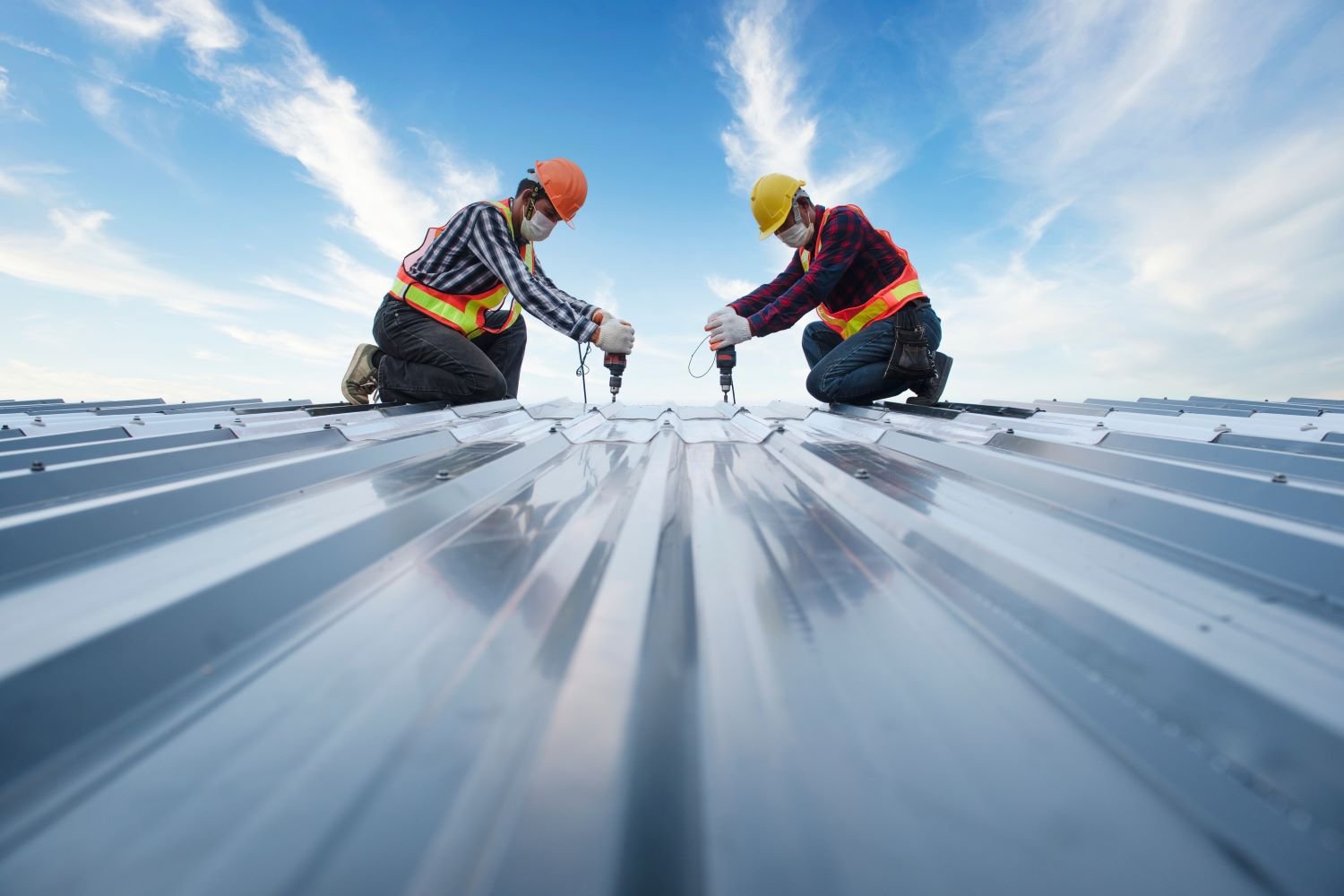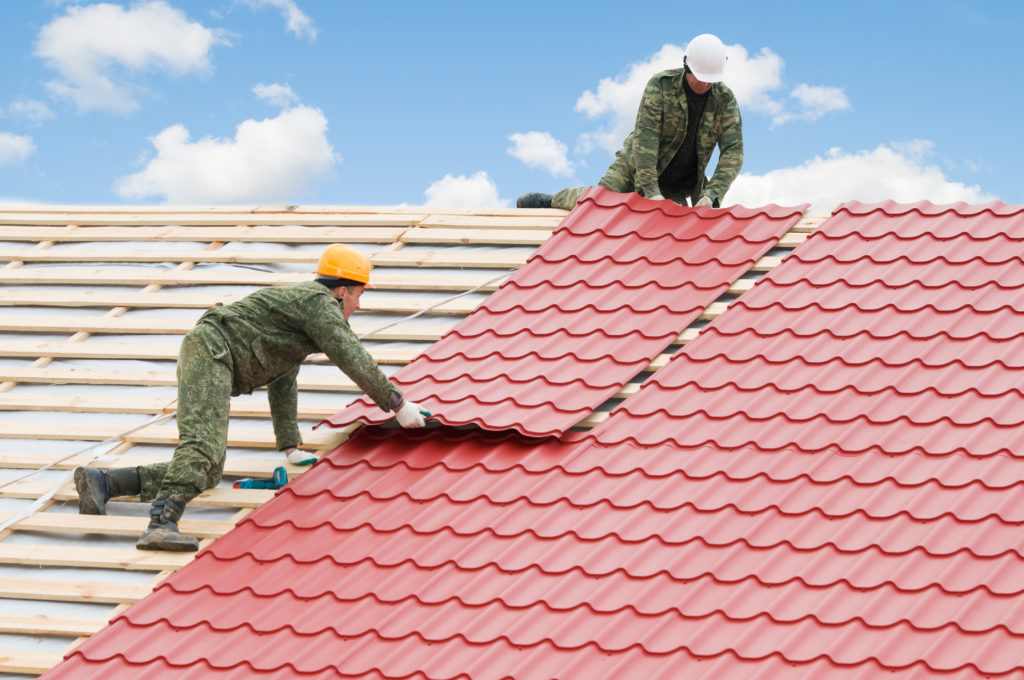Fast and Affordable Cuyahoga Falls Roof Repairs for Quick Fixes and Solutions
A Comprehensive Guide to Effective Roofing Flat Roofing System Setup
The ins and outs of level roofing installment need a thorough strategy, beginning with a thorough understanding of different flat roofing system types and the necessary products required for optimal performance. An effective installment pivots not only on the choice of products yet additionally on the preparation and execution of each step associated with the procedure. As we check out the vital stages from prep work to upkeep, it ends up being apparent that overlooking even minor information can substantially affect the roof's long life and performance. What certain techniques can ensure a smooth installation that holds up against the examination of time?
Understanding Apartment Roof Types
When taking into consideration level roofing systems, it is vital to comprehend the numerous kinds available, as each offers unique benefits and disadvantages tailored to specific requirements. One of the most usual sorts of flat roofs include Built-Up Roof covering (BUR), Changed Asphalt, and Single-Ply membranes.
Built-Up Roof covering contains multiple layers of asphalt and gravel, offering exceptional durability and weather resistance. It is particularly beneficial in areas susceptible to extreme climate condition but may require more maintenance due to its complex building.
Customized Bitumen is a popular option for its convenience of installment and adaptability. It commonly uses a self-adhesive or torch-applied technique, which can be beneficial for quick repairs and long-term performance. Its lifespan can be shorter compared to BUR.
Single-Ply membrane layers, including Thermoplastic Olefin (TPO) and Ethylene Propylene Diene Monomer (EPDM), are identified for their light-weight nature and power effectiveness. These materials are typically chosen for business buildings due to their cost-effectiveness and simplicity of installation (Cleveland Roofing Specialists). They may not give the very same degree of insulation as other alternatives.
Each roof type requires careful consideration based upon environment, spending plan, and details project requirements.
Necessary Materials for Apartment Roof Covering
A selection of crucial materials are critical for the effective installation of level roofing systems. The selection of materials directly influences sturdiness, performance, and general effectiveness.
Among the primary products is the roofing membrane, which can be created from various materials such as polycarbonate polyolefin (TPO), ethylene propylene diene monomer (EPDM), or PVC. Each type supplies distinct advantages, including UV resistance and adaptability, which are crucial for long term performance.
In enhancement to the membrane layer, insulation materials play a considerable duty in power effectiveness. Inflexible foam boards or polyisocyanurate insulation are prominent options, as they give exceptional thermal resistance and wetness monitoring.
Additionally, roof covering adhesives and sealers are necessary for ensuring a leak-proof installment. These items have to work with the selected membrane layer to prevent wear and tear in time.
Planning For Installation
Proper preparation is vital for an effective level roof installation, as it lays the groundwork for a resilient and reliable roofing system. Begin by conducting an extensive examination of the existing roof covering framework. Seek signs of damage, including leaks, rot, or inadequate drainage, which can endanger the brand-new roof covering system. Make certain that the hidden materials are sound and can support great post to read the weight of the new roof covering components.
Next, gather all essential tools and products, ensuring that they satisfy market criteria. This includes water resistant membrane layers, insulation, blinking, and bolts. Familiarize on your own with the maker's requirements, as official statement adherence to these guidelines is important for warranty purposes.
In addition, make certain that the workspace is clear of particles and obstructions to assist in risk-free and reliable installment. Take into consideration weather; stay clear of setup throughout hefty rain or severe temperature levels, which can affect product efficiency. Lastly, notify any type of owners of the building regarding the future job to guarantee safety and reduce interruptions. By taking these preparatory steps, you can boost the probability of a successful flat roofing system installment that meets both structural and visual demands.
Step-by-Step Installment Refine
With the groundwork developed through thorough preparation, the following phase includes performing the level roofing setup methodically. Begin by ensuring that the architectural deck is totally free and tidy from particles. Next, install a vapor barrier to stop wetness accumulation beneath the roof covering product. This action is crucial for maintaining the roof covering's stability over time.
Adhering to the vapor barrier installment, lay down insulation boards, guaranteeing they fit securely with each other to minimize thermal linking. Secure the insulation with proper bolts based on the roof covering kind and regional building ordinance. As soon as the insulation remains in place, it's time to use the roof covering membrane layer. Depending on the selected material-- such as TPO, EPDM, or changed bitumen-- mount my latest blog post the membrane according to the producer's specs.
Install flashing around perimeters, vents, and any roofing infiltrations to enhance waterproofing. After installment, perform a complete evaluation to recognize any kind of prospective concerns before wrapping up the project, making certain a durable and trustworthy level roofing system.
Upkeep Tips for Longevity
Routine upkeep is essential to make certain the durability and performance of a flat roofing. Among the key tasks is to carry out regular inspections at the very least twice a year, ideally in spring and fall. Throughout these examinations, look for indications of wear, such as sores, splits, or pooling water, which can show underlying problems.

Guaranteeing correct drainage is important to avoid water build-up. Examine and clear gutters, downspouts, and scuppers to ensure unhampered water circulation. Furthermore, examine seals around vents, skylights, and other infiltrations for any type of indicators of wear and tear, applying caulk or sealer as required to keep a water tight barrier.
Finally, think about professional upkeep solutions every few years for comprehensive inspections and repairs. By sticking to these upkeep suggestions, you can dramatically extend the life of your level roofing, guaranteeing it remains a reputable shield versus the aspects.
Conclusion
Effective flat roofing system installment demands a methodical approach including complete inspections, material option, and careful prep work. Adhering to the outlined steps throughout the installation procedure ensures the correct application of roof covering membrane layers and insulation while boosting waterproofing via effective blinking setup.
The details of flat roof covering installation demand a precise approach, beginning with a detailed understanding of various flat roofing system types and the necessary products required for optimal performance.Appropriate preparation is crucial for a successful level roof installment, as it lays the groundwork for a resilient and effective roof system. After installation, carry out an extensive evaluation to identify any potential issues before wrapping up the project, making certain a durable and dependable level roofing system.
